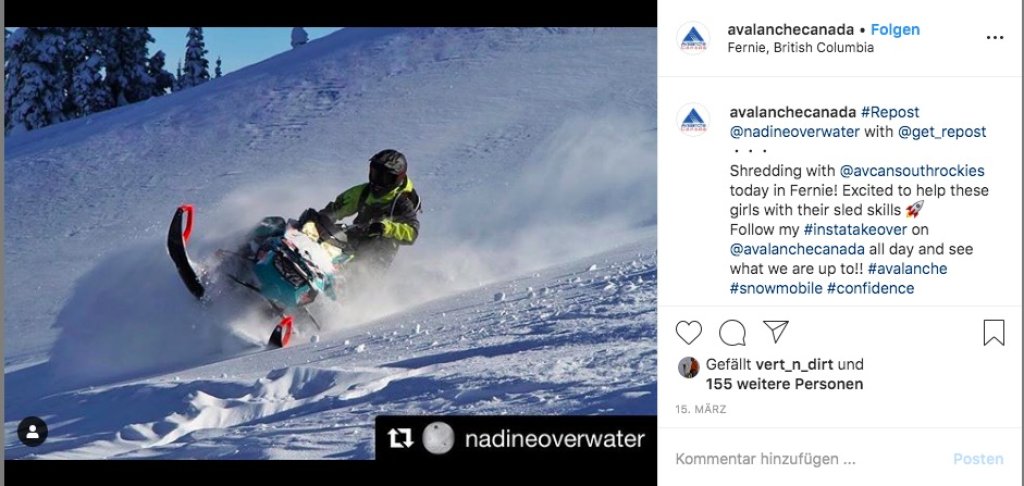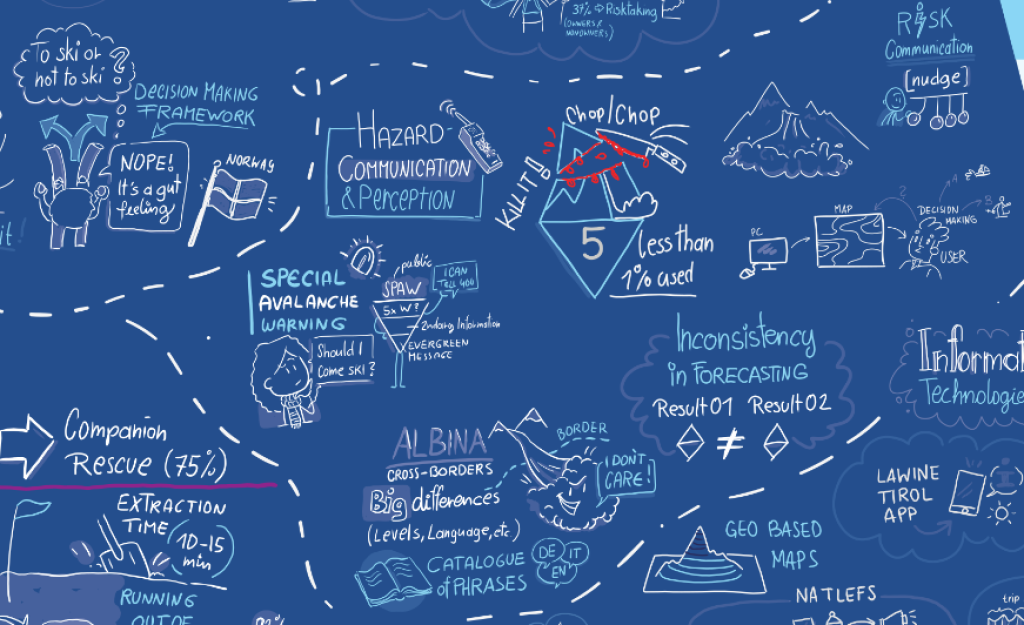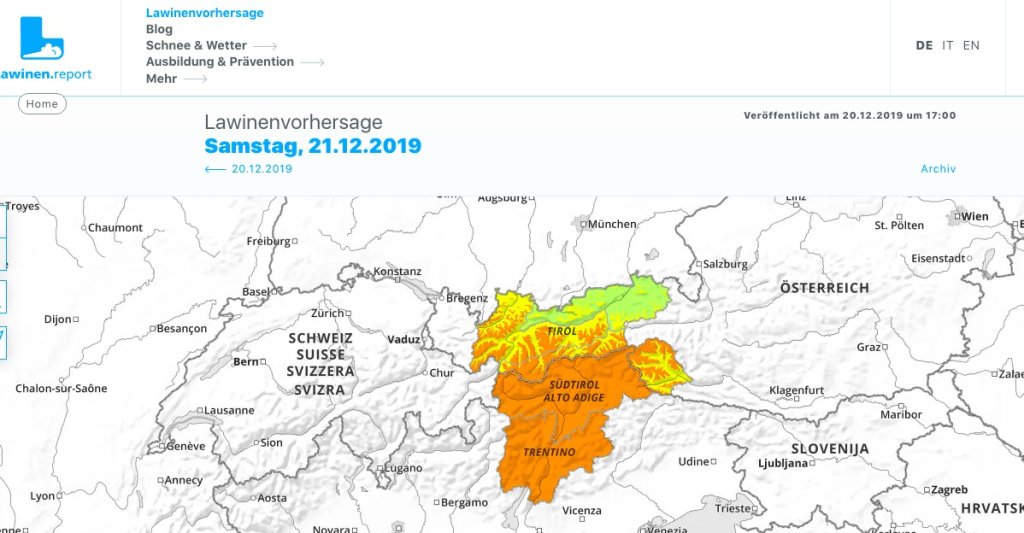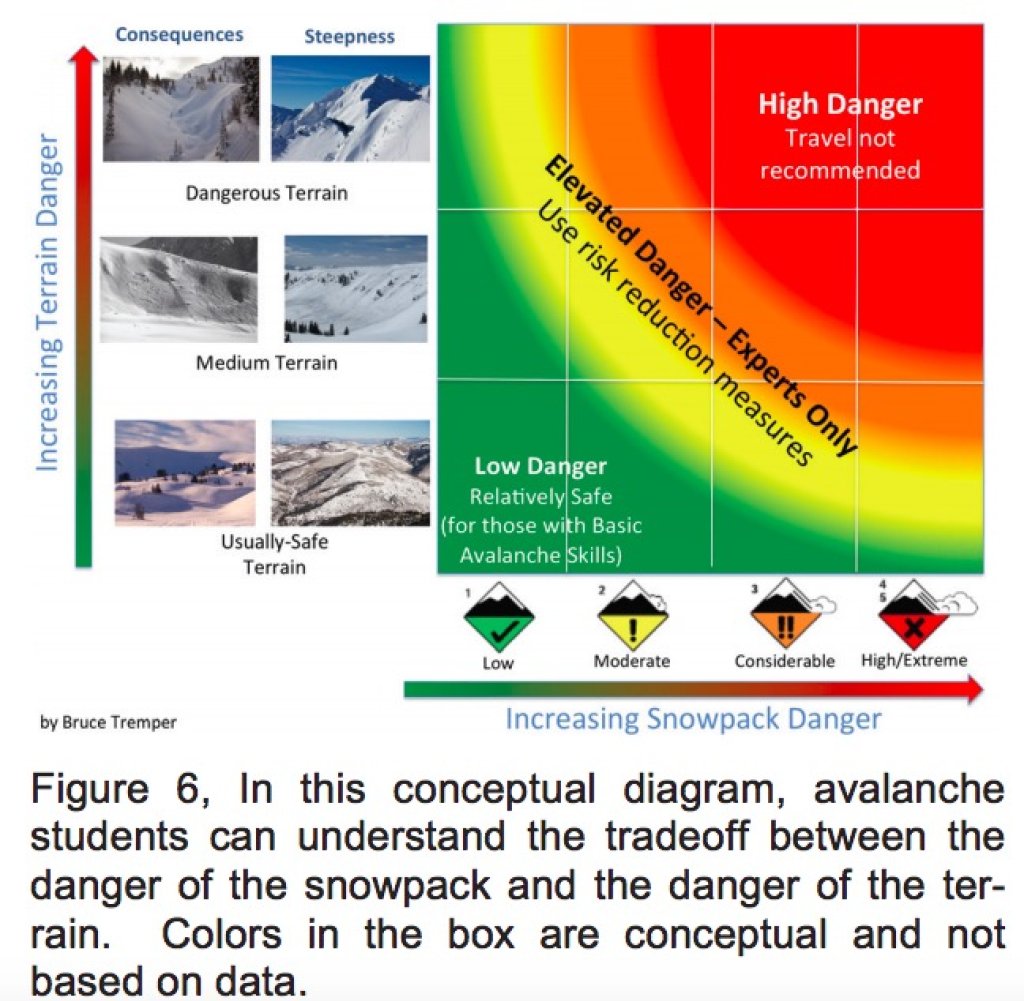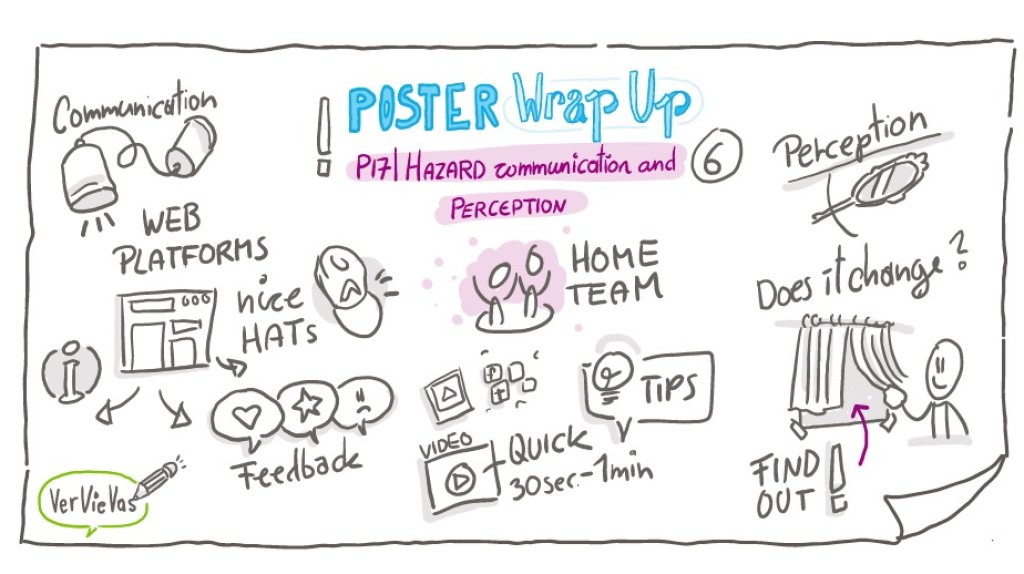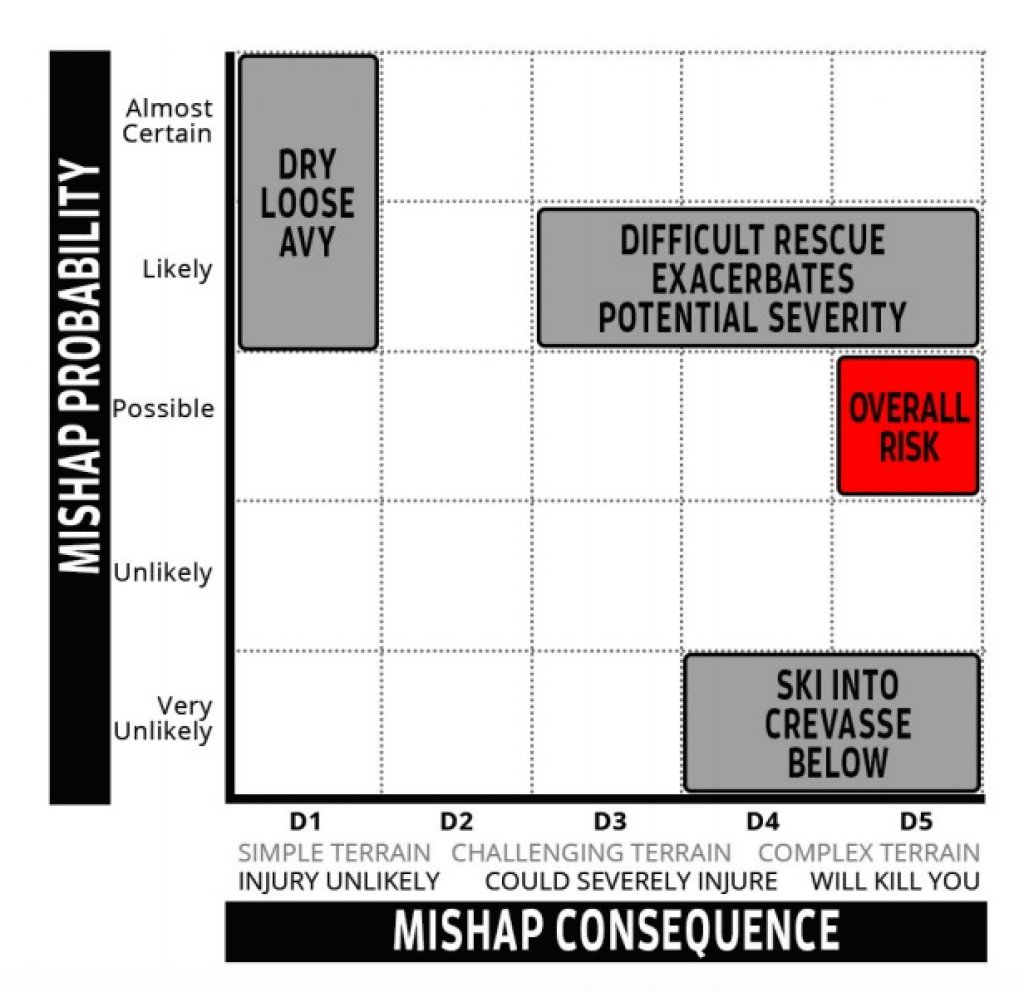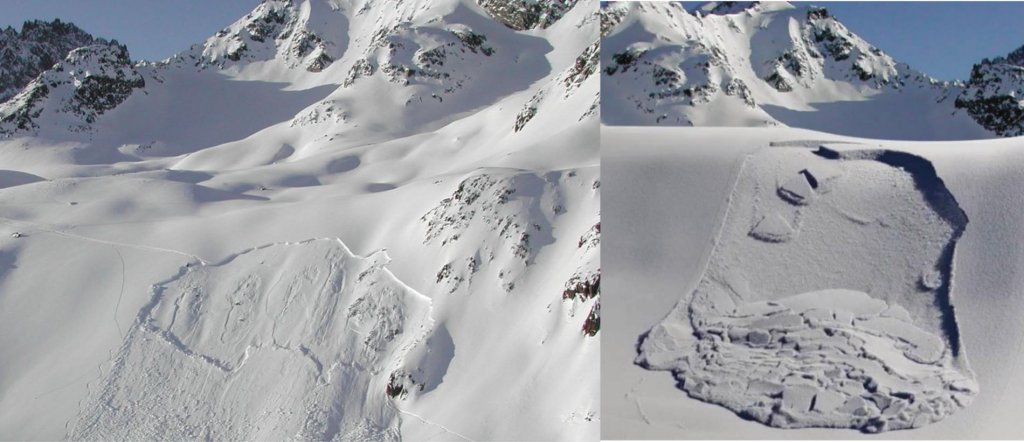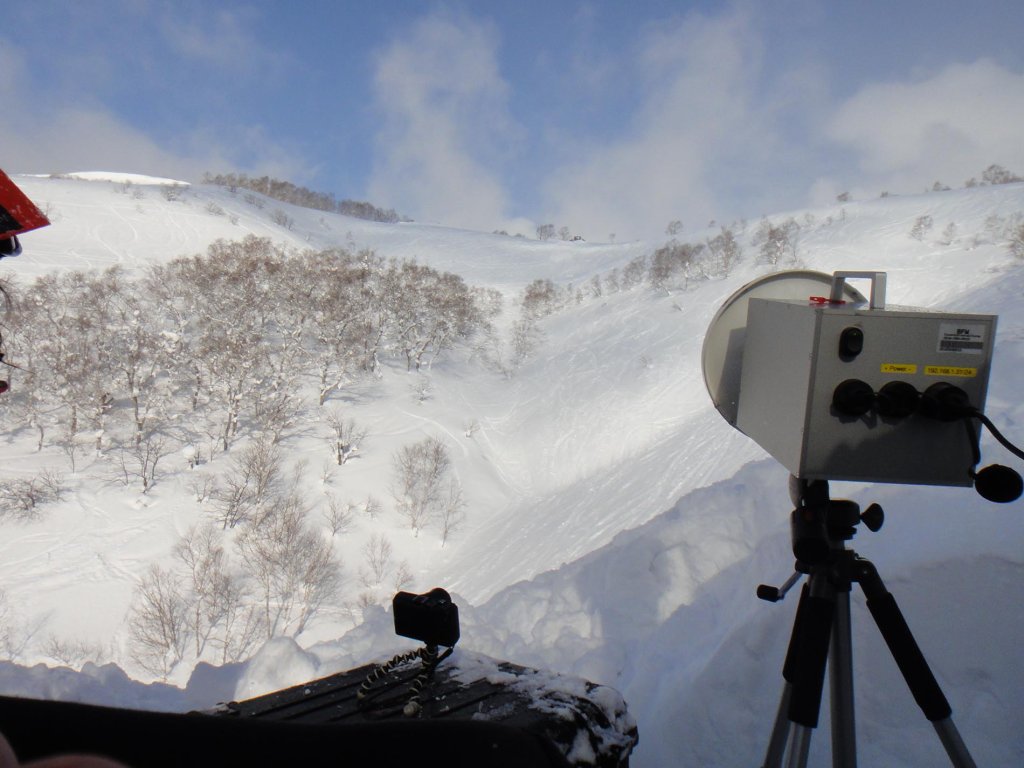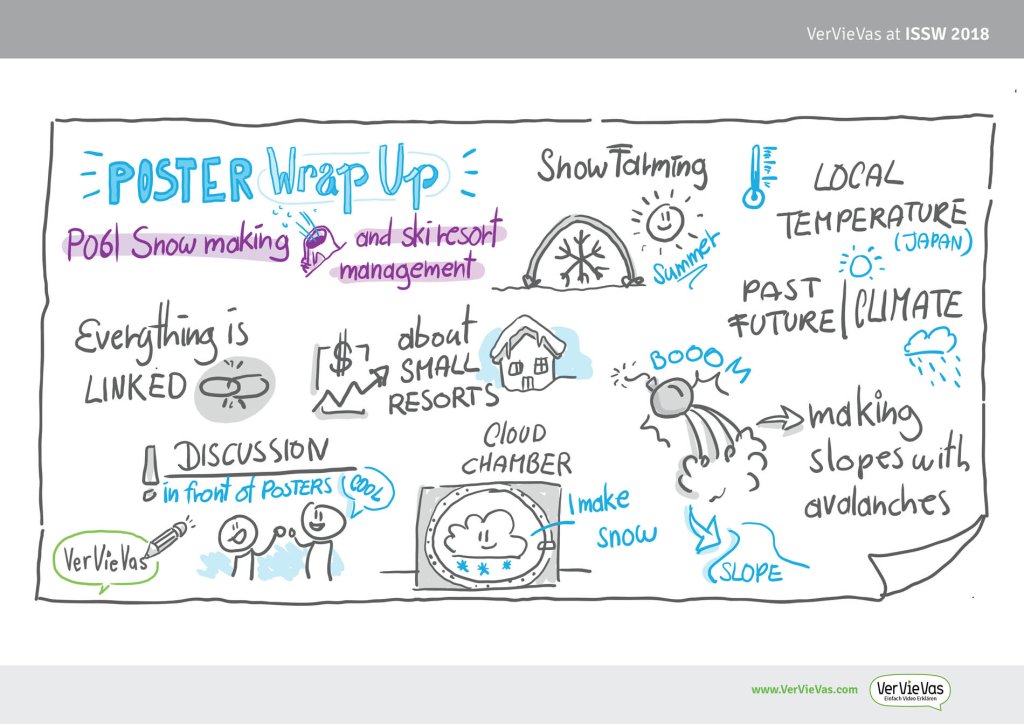What does a good LLB look like?
The purpose of an avalanche forecast is to inform and, if necessary, warn people who are about to enter avalanche terrain. No matter how high-quality and informative the content of a bulletin may be, if the readership does not understand, read or find it, the objective has been missed. The now widely used, standardized symbols for avalanche problems have proven their worth in this respect. Too much text reduces the motivation to read to the end and makes it difficult for users to separate the important from the less important (Engeset et al., P17.4)
In addition to consistent terminology, it makes sense to organize the information in an "information pyramid" - the most important is at the top and readers can go into further detail after they have perceived the main message. Social media (such as WhatsApp newsletters, Instagram, blogs) have also proven useful, for example to draw attention to complex or special situations. Old snow problems are more difficult for the warning services to grasp and more difficult for users of the bulletins to understand compared to "heavy dump with lots of wind" or "rain up to 3000m". On the one hand, social media channels can be used to communicate corresponding hazards separately; on the other hand, they can also be used to obtain observations from the public, which are helpful for narrowing down problem areas (e.g. "How high has it rained in your area?") (Nairz et al, P17.3)
In Canada, they go one step further: in addition to the usual LLBs, in certain cases there are also so-called Special Public Avalanche Warnings - press releases are sent out and targeted media work is used to inform the general public that the risk is particularly high. Such notifications are issued specifically when human factors are more prevalent and coincide with a critical avalanche situation - for example, on the first nice day after fresh snowfall, if this falls on a weekend in the peak season or at the start of a vacation. This type of communication is not without its challenges, but amplifies the range of the warnings considerably (Clayton & Klassen, O17.10).
In general, everyone more or less agrees that the tools of the modern Internet should be part of the repertoire of avalanche warning services today, even if this may still be uncharted territory in some cases (Ruetz, P17.5).
